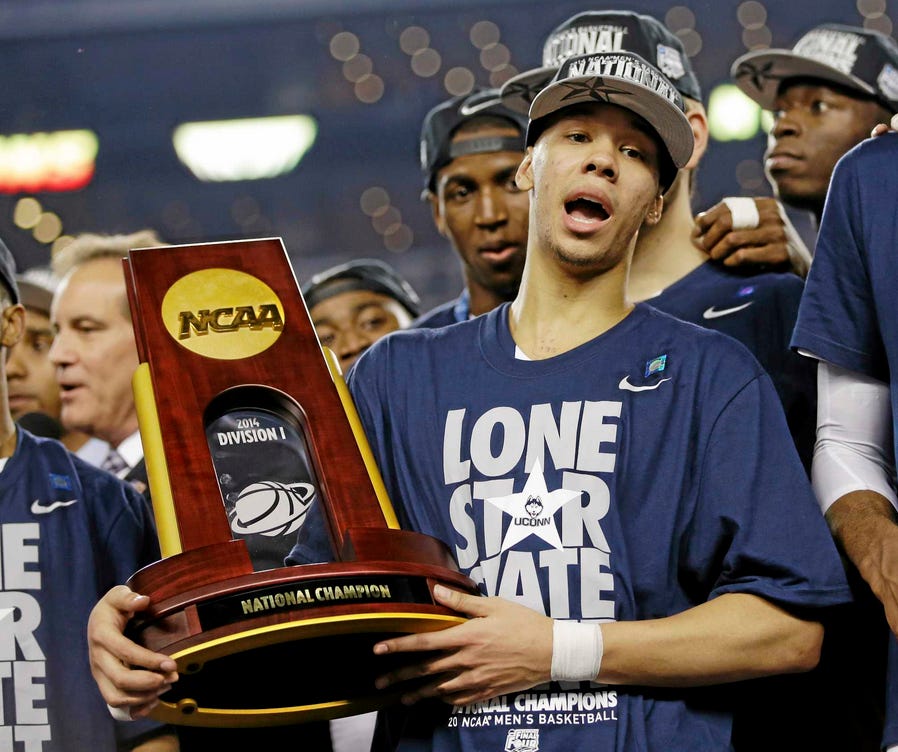A Brief History of the “Student-Athlete” Myth
At best, they are athlete-students - at worst, just athletes who attend school

Here’s a quick history lesson on the NCAA’s “student-athlete” term:
In movies, there’s a myth that saying “Beetlejuice” three times can summon the spooky character. Similarly, the NCAA repeats the term “student-athlete” endlessly, hoping that by saying it millions of times, athletes will somehow become just that—a student first, athlete second.
The NCAA frequently uses the term “student-athlete,” especially when describing high-achieving athletes—many of whom are among the best in the world at their sport. In doing so, the term “student-athlete” often unintentionally or otherwise, downplays an athlete’s exceptional talents. It’s akin to calling Gordon Ramsay just a “cook” or Adele merely a “singer.”
Now, let’s dive into the origins of the term “student-athlete”:
The phrase “student-athlete” has become a staple of NCAA press conferences, where reporters are invited to ask questions to the “student-athletes.” Or the NCAA remarks about how 98% of NCAA student-athletes “go pro” in something other than sports. The term “student-athlete” serves as a key part of the NCAA’s moral authority and justification for its own existence.
However, the term “student-athlete” has its roots more in legal strategy than ethics. In the 1950s, Walter Byers, the NCAA’s first executive director, coined the term “student-athlete” to help the NCAA to fend off workers’ compensation claims for injured football players.
“The term ‘student-athlete’ was used to prevent state agencies or government departments from considering grant-in-aid recipients as employees,” Byers explained in a 1990s court testimony. The term quickly became embedded in NCAA rules.
The term “student-athlete” first emerged in a legal case involving Ray Dennison, a football player at Fort Lewis A&M in Colorado, who died from a head injury in 1955. His widow sought workmen’s compensation death benefits, but the Colorado Supreme Court ruled that Dennison wasn’t eligible because the college wasn’t “in the football business.” (Source: Aspen Institute)
Bold actions by athletes, such as Emily Scheck and Shabazz Napier, have sometimes pushed the NCAA to reverse its policies when those rules are clearly harmful to athletes in need.
Among the more laughable policies the NCAA has used to argue that athletes aren’t employees is the infamous “20-hour competition week.” This rule made it appear as if being a college athlete was similar to a part-time job. But the 20-hour limit conveniently ignored essential time commitments like travel, practice preparation, recovery, equipment maintenance, and more. In reality, some cross-country trips for competition would fill up the entire “20 hours,” making the rule laughable, especially as conferences have expanded to include more trans-time zone competitions.
Being a college athlete is more of a full-time job than ever before, especially with the added challenge of meeting academic obligations, particularly during the spring season with midweek travel for basketball. The “student-athlete” label is becoming increasingly untenable and needs to be modernized to reflect the significant change in the perception and treatment of college athletes.



